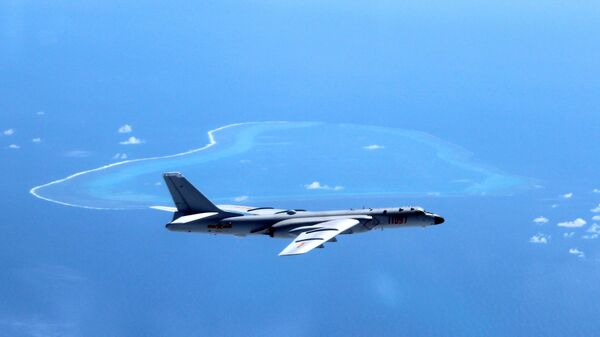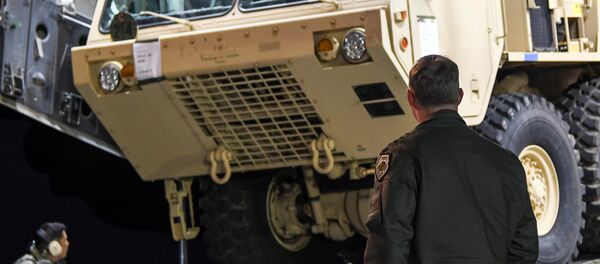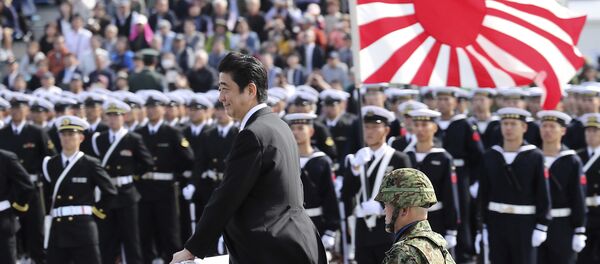CSIS published its report, titled 'Countering Coercion in Maritime Asia: The Theory and Practice of Gray Zone Deterrence', on Tuesday. The report documented the uptick in Chinese assertiveness in maritime disputes with the US and its Asian allies, and provided recommendations on how Washington might work to counter Beijing and its efforts in what CSIS experts called the 'gray zones' of the East China and South China Seas.
Commenting on the report in a special analytical piece for Sputnik, military and geopolitical observer Vasily Kashin explained that "naturally, each of these cases is dissected from the position of the US and its allies, and it's unlikely that the conclusions reached would be acceptable to the Chinese side, or even to independent observers…"
Kashin noted that while the nearly 300-page report did offer a broad array of US-centric assessments and facts, "as far as the recommendations on 'countering the Chinese strategy of coercion' go, the report seems to be quite severely detached from reality."

Furthermore, the expert stressed that today, "the US's very ability to pursue a consistent policy on any issues having to do with China is questionable. The priorities of the current US administration are subject to rapid and unpredictable changes, and important policy directions could shift 180 degrees in an instant."
"And this is also happening on the issue of the status of the South China Sea," the observer noted. "It's well-known that the Trump administration has prevented the Pentagon from conducting new 'freedom of navigation' patrols in the Spratly Islands area." It is speculated that Washington "needs cooperation with China on the Korean issue too much to anger the Chinese once again."
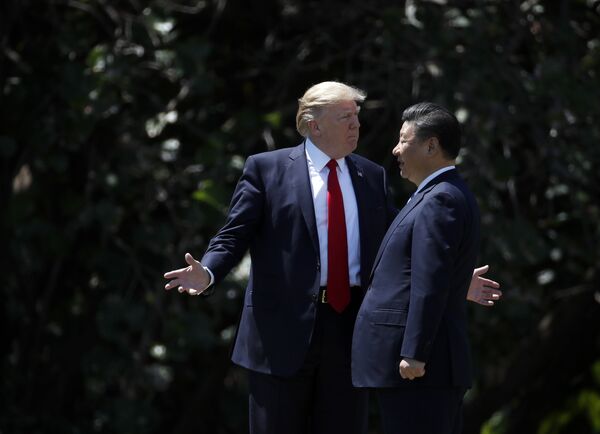
Kashin stressed that another key recommendation made in the report – that of 'strengthening US alliances in the region', is equally difficult to implement.
"As far as Northeast Asia is concerned, Trump's demands that South Korea pay for the THAAD missile defense system has shown the White House's lack of understanding of some of the foundational principles behind US-South Korean security relations," the expert added.
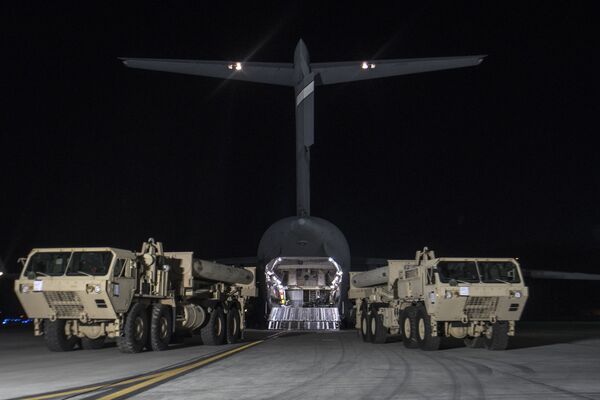
Ultimately, Kashin indicated that in the South China Sea in particular, "the Chinese have already managed to achieve irreversible changes in the situation and in the [regional] balance of power, and it is unlikely for any US strategy to be able to change this situation."
On the whole, "a complete and detailed study of China's strategy and tactics in maritime territorial disputes may have greatly helped the US a few years back, but can hardly change the situation now," Kashin concluded.
